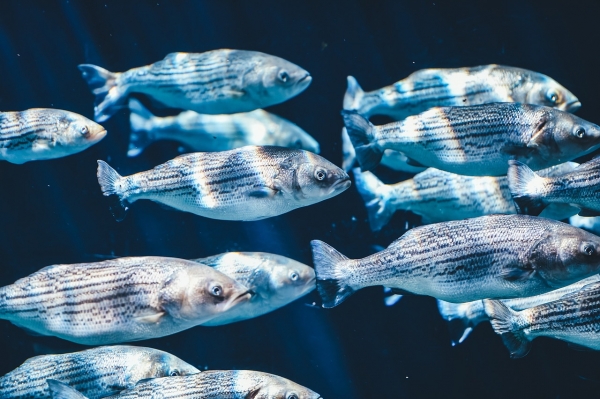Many of the world’s largest aquatic food producers are highly vulnerable to human-induced environmental change, with some of the highest-risk countries in Asia, Latin America and Africa demonstrating the lowest capacity for adaptation, a landmark study has shown.
The study shows that more than 90% of global “blue” food production, in both capture fisheries and aquaculture, faces substantial risks from environmental change, with several leading countries in Asia and the United States set to face the greatest threats to production.
The authors behind the new paper produced the first-ever global analysis of environmental stressors impacting the production quantity and safety of blue foods around the world, ranking countries for the first time according to their exposure from key stressors. A total of 17 stressors were surveyed, including algal blooms, sea level rise, changing temperatures and pesticide exposure.
Read More: University of California Santa Barbara
Photo Credit: Pexels via Pixabay


